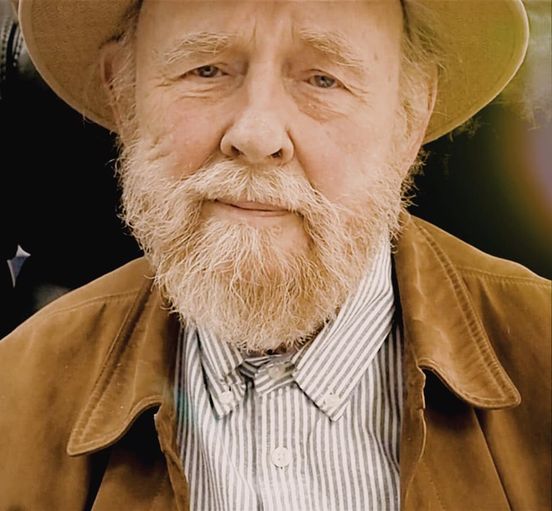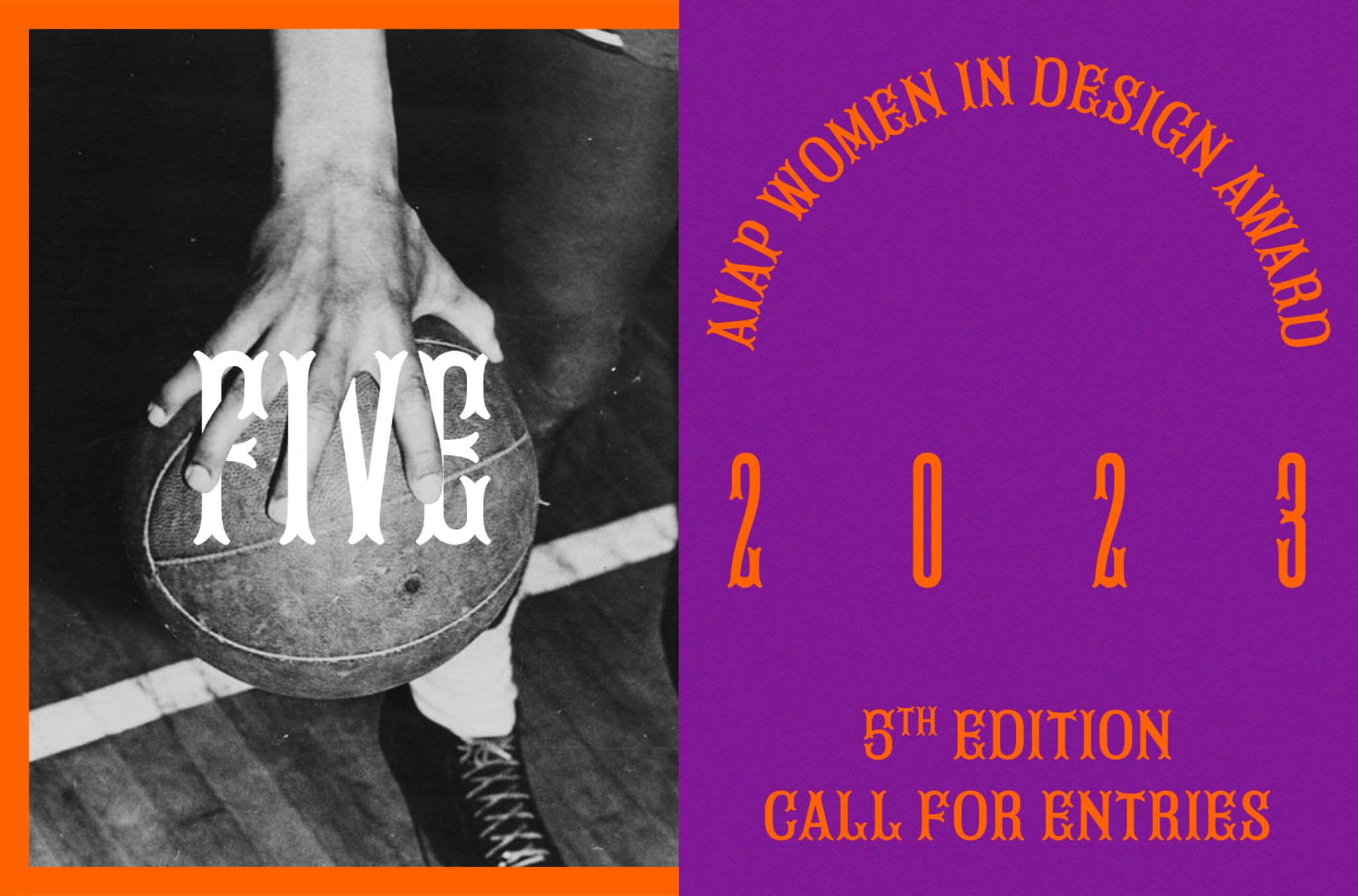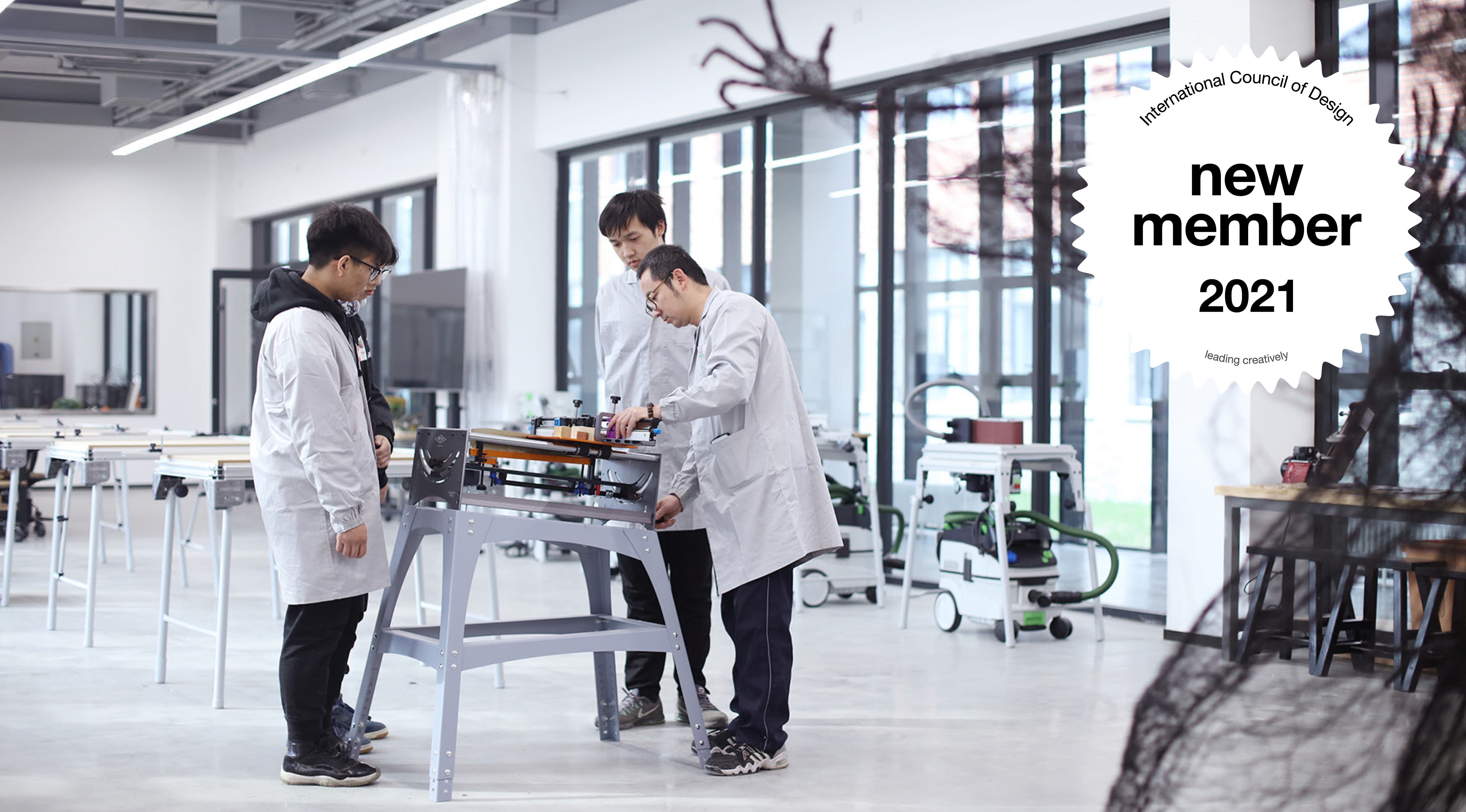ICoD President discusses the Montreal Design Declaration
20.09.2017 News
(World Design Summit (WDS) founding partners: Kathryn Moore, President of International Federation of Landscape Architects (IFLA), Regitze Marianne Hess, Special Advisor for International Federation of Housing and Planning (IFHP), ico-D President David Grossman, Member of World Design Summit Orgnanisation (WDSO) Steering Committee with Alain Dufour, Secretary General of the WDSO.)
The World Design Summit (WDS) report
by ico-D President David Grossman
(2015-2017)
The World Design Summit is a historic gathering of 50 international organisations, all with a common objective: developing an international action plan for harnessing the power of design to address pressing global challenges. International organisations representing design, architecture, urban planning and landscape architecture, are coming together for the first time with representatives of intergovernmental and supranational organisations and specialised agencies.
Four years ago, at the 2013 General Assembly, the Board was officially mandated to seek an agreement with the World Design Summit Organization (WDSO) to arrange a multifaceted event including a Congress, Expo and Summit Meeting in 2017. Since that time much effort has been invested in this complicated and ambitious project.
From the very beginning, we have realised the particular importance and potential of the Summit Meeting component of this project and its alignment with the long term strategic objectives of ico-D in particular and the greater international design community in general.
The vision of the Summit Meeting was predicated on two reality-altering achievements—each one an intimidating challenge. The World Design Summit Meeting intended that the international “design-side” spectrum of design, architecture and planning disciplines agree to unite to develop a consolidated position in order to sit across the table from an alignment of international “non-design” entities representing the social, economic, cultural and environmental spheres to jointly seek the more effective utilisation of design in addressing critical issues facing humanity. Both objectives had never been achieved, and each by itself would be of enormous importance.
The route traveled over the past four years has been complicated and convoluted, requiring flexibility, determination and faith. There were some trying situations along the way.
ico-D represents the design professions on the five-member Steering Committee responsible for delivery of the Summit Meeting, along with IFLA (International Federation of Landscape Architects) and IFHP (International Federation of Housing and Planning) representing the architecture, landscape architecture and planning disciplines, the chair of the WDSO Board of Directors representing the Montréal organisers, and Secretary General, Alain Dufour, who has been the driving force for the WDS events for many years.
Starting with the dream alone, the Steering Committee had to chart a path to the objective, recruit the participants, initiate a process of interaction and eventually deal with the complicated details of convening an international Summit and composing a Declaration. Meanwhile, the WDSO and the Secretary General were responsible for organising the substantial financial and administrative resources required.
Progress, though slow at first, over time began to show results. An important milestone was achieved at the 2015 International Gwangju International Design Congress where ten international design-side entities signed a declaration of intent supporting the World Design Summit Meeting by jointly acknowledging the critical role of design in ensuring a world that is “environmentally sustainable, economically viable, socially equitable, and culturally diverse.”
Over the last 12 months, efforts accelerated. Two “Pre-Summits” were conducted in Paris, attended by a growing list of representatives of design-side and non-design-side international entities. Four specialised committees were formed, and working mostly by Skype, began to develop common positions on “planks” for the eventual Declaration and to compile a list of possible projects.
The underlying understanding was that the World Design Summit Meeting, in order to have any impact or justification, had to be an ongoing process with additional meetings on the horizon and continuing projects to ensure continuity.
As difficult as such an effort is, having to overcome the particular agendas, cultures and viewpoints of the many different parties, it has been a very enlightening and productive experience.
The transformation of Icograda to ico-D reflected our dedication to increased integration of the international design community. The World Design Summit is predicated on an even wider integration, reaching beyond designers to collaborate closely with other design disciplines, including architecture, landscape architecture and planning. While pre-2013 attempts to more closely collaborate within the design professions fell frustratingly short, this current effort proved more successful. Very close working relations, and trust, developed between ico-D, IFLA and IFHP, empowering us to go forward. Very positive cooperation also ensued with key international design representatives, including BEDA, IxDA, SDN and Cumulus. Collectively, this enabled realisation of the first desired achievement—the consolidation of the design-side of the Summit table. Working together, in a structured process, the World Design Summit Declaration was drafted—a landmark statement that will drive future efforts.
The reason that this effort of consolidation succeeded when previous efforts failed is, I believe, based on the mutual trust that has developed between the participants. Though each has its own agenda, short-term objectives and culture, we all approached this effort with confidence and generosity, understanding that a collective success in generating ongoing dialogue with the non-design international entities would bring enormous benefits to our community. And this is only possible through consolidation and speaking with a collective voice.
In the committee discussions, it quickly became clear that we have an enormous amount of overlapping agreement on many issues. We have particular positions that can differ in nuance, based on our particular agendas, but we quickly found that celebrating these differences added to the robustness of the statements we crafted together.
This consolidation and expression of common cause is a reaffirmation of ico-D’s stated strategy of increased collaboration, in terms of the multidisciplinary format of our own organisation, and expanding collaboration with associated disciplines. By acting together we are stronger and deliver greater value to our Members.
The Summit Meeting process also progressed in terms of the non-design side of the table. Working relationships developed with UNESCO, OECD, UN Habitat, UNEP and others. These organisations recognise the need to work with the design-side community, but can only do so when dealing with a consolidated effort. They recognise the Design Summit as an avenue for such dialogue.
The October Summit Meeting in Montréal will be a success as
it will launch an historic process. The Declaration reflects this success and the potential of ongoing collaboration. In terms of ico-D, we see the Declaration as the expression of the aspirations of all our Members, and our Member’s members. This is, we believe, the delivery of tangible value and a worthy investment of our focus and resources.
The next Summit Meeting will be an even more important milestone.
The first reality-altering objective of consolidation of the design-side of the Summit table has been achieved. The second objective of developing the dialogue with the non-design side has been initiated. Full realisation is now the objective for the next two years.
We urge our Members to widely circulate the Declaration once ratified. We expect that several of the projects will be initiated, offering additional opportunities for Member participation and benefits.
Links
World Design Summit Official website

related
articles
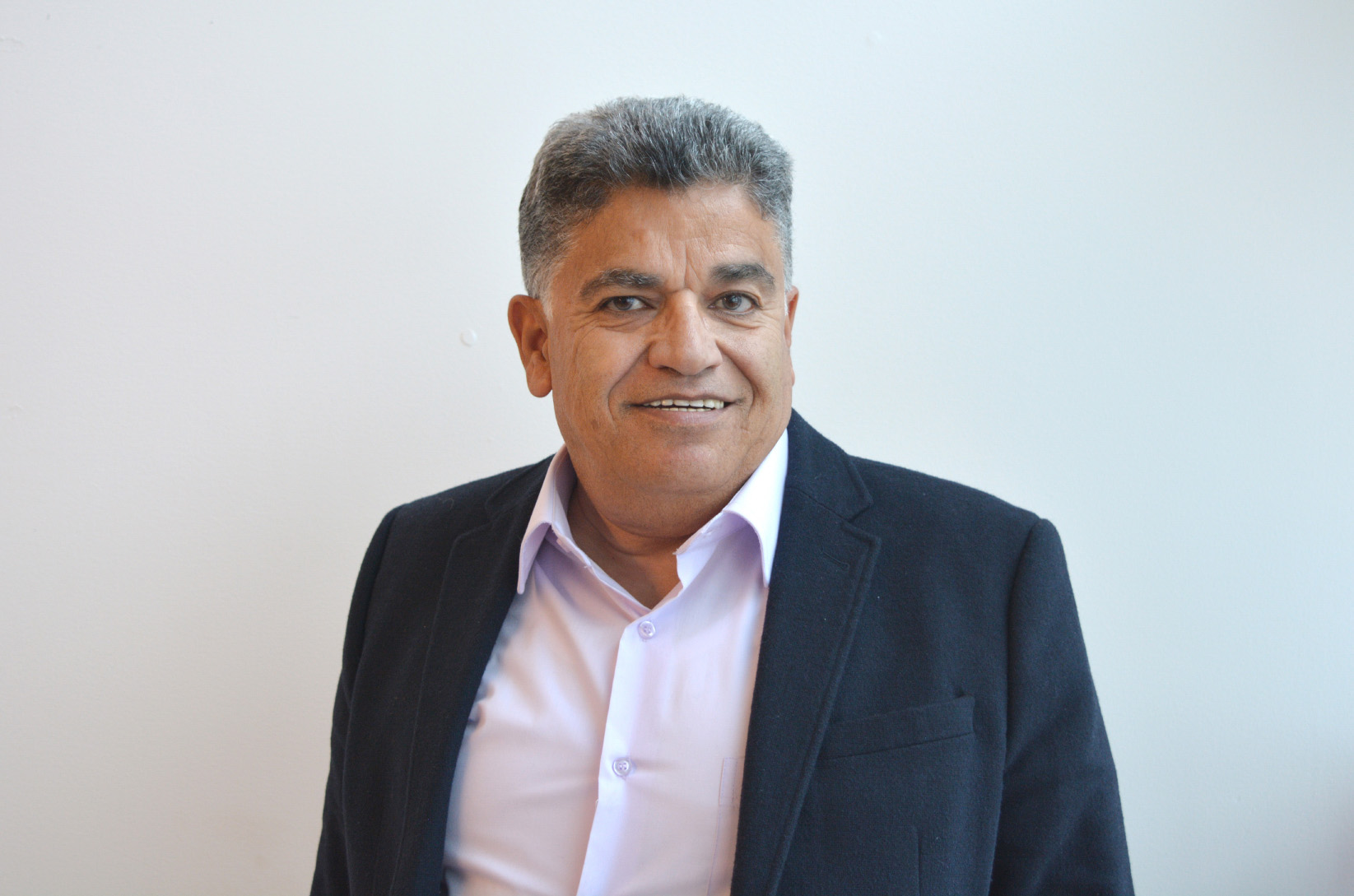
in memoriam: essam abu awad (1958-2021)
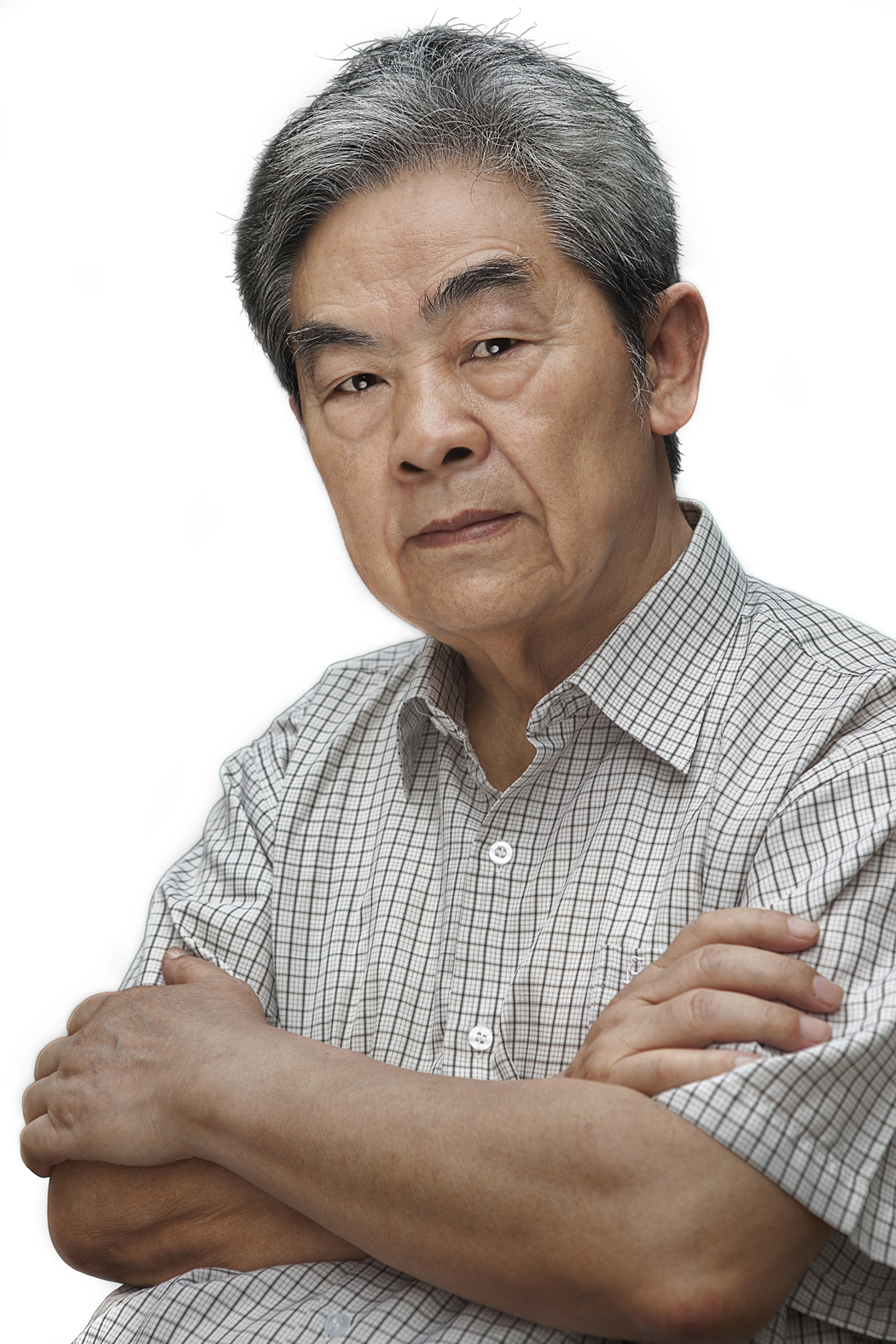
in memoriam: yu bingnan (1933–2020)
